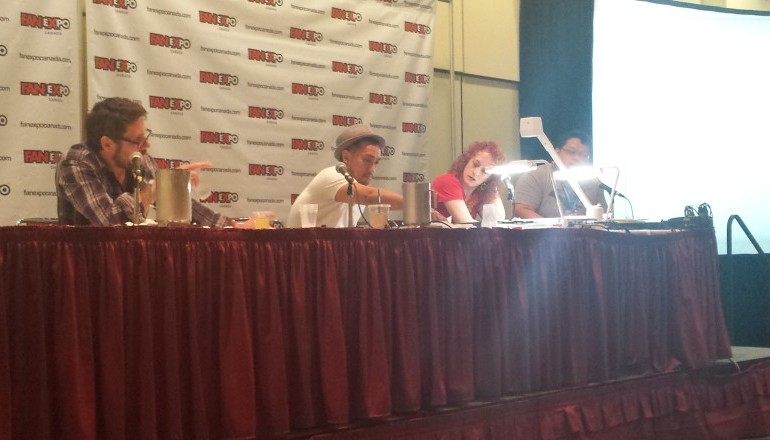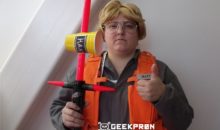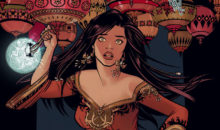Fan Expo 2014: DC Master Class
Comic conventions are the place to break into the industry, but don’t worry all you would be creators who couldn’t make it down to Fan Expo this weekend, we sat in on the DC Master Class: Art History panel so that you didn’t have to. This panel was designed to give fans an inside look at what it means to be an artist, and to get real advice straight from some of DC’s biggest names. Moderated by Fletcher Chu-Fong, the panel featured the talents of Yanick Paquette, Jill Thompson, and Francis Manapul who produced water colour sketches while they discussed the ins and outs of the industry. What did they draw? It is Batman’s 75th anniversary, each of them produced a couple of sketches of various Bat-characters which a few lucky attendees got to take home.
The panel began with Paquette talking about how he got into comics. As it turns out, he was studying biology but it was not becoming the career he had envisioned. He had two other options; a career in music or in comics. As a great lover of classical music, he sees similarities between music and visual art. “I love complex music and I love complex drawing.” He said. “Drawing is putting things in space and music is putting things in time.” He stressed the importance of studying beyond comic art, “if you can feed on the art movements of the past, you can bring something fresh and get richer as an artist.”
Thompson couldn’t agree more. She talked about being the only girl with a portfolio at any of the conventions she used to go to. She was grateful for the feedback she received and it drove her to art school. “You draw so much more than the hero,” she pointed out saying that it was not a benefit to ignore backgrounds or details since they are such a big part of visual storytelling.
Manapul agreed that was a large problem with many fan’s portfolios and shared his favored formula for creating a three page portfolio. Here is his secret: the first page sets the scene, the second builds tension, and the third reveals the hero and focus of the portfolio. He pointed out that this formula shows the full range of an artist’s ability in terms of figure drawing and storytelling. The panelists also discussed the importance of community of building a successful career in comics. Manapul works in a studio with 10 other artists who exchange ideas and he finds it “very motivating that there’s someone there 24/7.” All three artists pointed out that no matter where you are and where you come from, the internet is a great way to connect to other like-minded individuals and build a network. They also pointed out the importance of planning when working. It is achievable to complete a page a day if you plan ahead because the planning stages is where an artist can get really stuck and lose a lot of time.
There you have it guys, from the mouths of professionals, those are the tips you need to build your portfolio before next year so get started. And make sure you check out Paquette’s work on Swamp Thing, Thompson’s Dead Boy Detectives (based on the Sandman series), and Manapul’s current work in Detective Comics.










